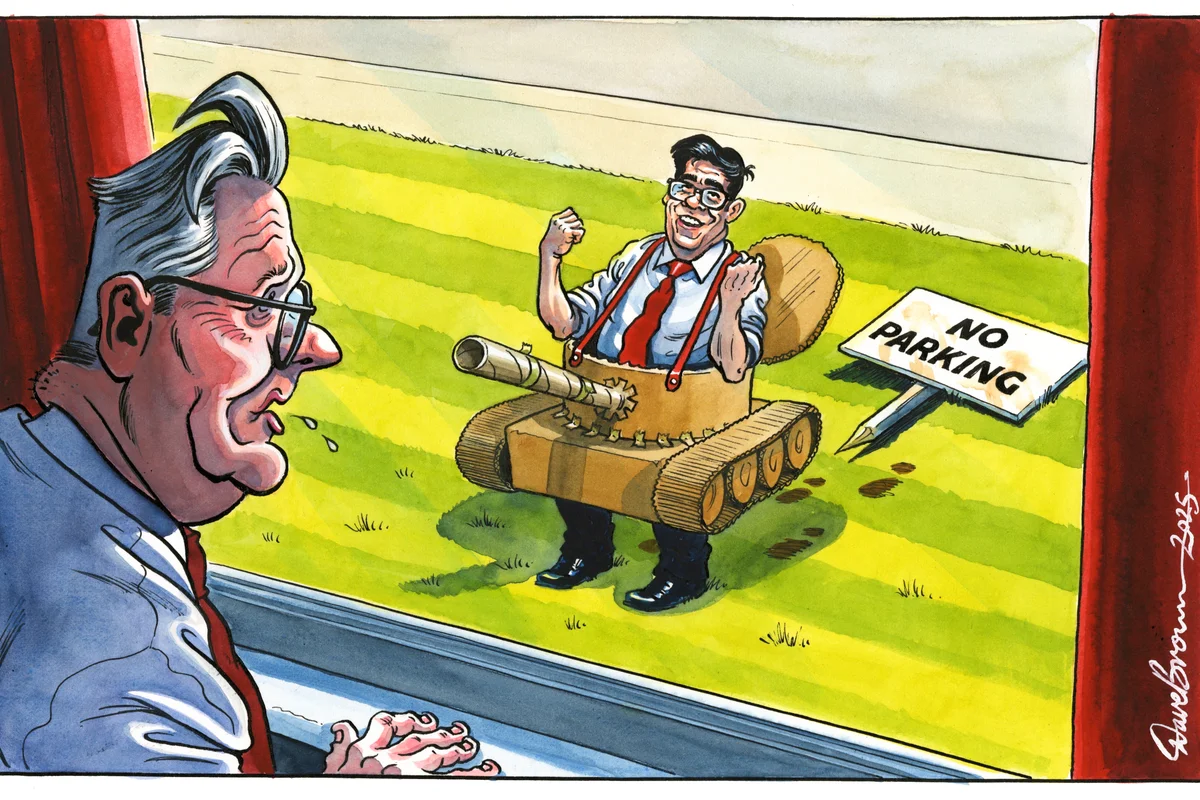
Hiring is war. Every decision either strengthens your army or weakens it. The wrong hire doesn’t just drain resources — it poisons culture, slows execution and sets your company back months, sometimes years. One toxic or underperforming employee can undo the progress of five great ones. But the right hire? They don’t just add value — they multiply it. The right person amplifies everything you’ve built, brings clarity where there was confusion and elevates the performance of everyone around them.
Most CEOs and founders think they’re good at spotting talent. They trust their gut. They like to believe they can see through resumes and interview polish. But too often, that confidence ends in regret — hours lost, money burned and teams demoralized. Ask any founder, and they’ll have a story about “the one they gave a chance” who turned into a six-month distraction. The truth is, mistakes in hiring are rarely surprises. Red flags almost always show up early. The problem? Most leaders are too rushed, too optimistic or too emotionally invested to notice.
Related: You’re in Trouble if You Ignore These 5 Applicant Red Flags
And here’s the flip side: The best green flags are just as obvious. The candidates who are going to become culture-drivers, problem-solvers, and long-term assets usually show their hand in the first conversations. But you have to know what signals to look for — and just as importantly, which signals to ignore. That’s where experience makes the difference.
Enter Shayna Dekel — Head of HR, entrepreneur and author of Things Your Parents Should Have Taught You: A Beginner’s Guide to Getting the Job. She’s seen it all from both sides of the table: the star hires who transform a business and the mis-hires who quietly (or loudly) corrode it from within. She’s interviewed thousands of candidates, advised countless founders and built teams that thrive. Her perspective bridges the gap between what job seekers think they’re showing and what founders actually need to see.
What follows isn’t theory or vague advice; it’s a practical cheat sheet for founders, CEOs and leaders who can’t afford to get hiring wrong. Because when the stakes are this high, you don’t need another “hiring philosophy.” You need battle-tested tools that keep you from making the mistakes that every other founder has already regretted.
The 5 red flags (never hires)
1. Disrespecting “non-decision makers”
If a candidate treats your receptionist, HR coordinator or junior staff as “less important,” cut them loose. How they treat people they don’t think matter is how they’ll treat your clients.
2. No research, no effort
Showing up clueless about your company screams laziness. If they didn’t care enough to Google you, why would they care enough to grind for you?
3. Blame-heavy language
Listen carefully. If every career story they tell is about a “toxic boss,” “bad culture” or “stupid management,” guess what? You’re next on that list.
4. Entitlement without proof
Asking about title, pay bumps or remote perks before proving value is an instant signal they’re in it for themselves, not the mission.
5. Reschedule rage
Interviews move around — it’s the reality of executive calendars. If a candidate throws a fit over it, imagine their reaction to an actual startup fire drill. Pass.
Related: How Employers Can Assess Job Applicants — and Avoid Costly Hiring Mistakes
The 5 green flags (hire immediately)
1. Prepared like an owner
They know your product, your competitors and even your recent press. That shows not just interest — it shows initiative.
2. Referrals and networks
Top talent gets referred. If one of your trusted people vouches for them, it means they’ve already been pre-screened for reliability.
3. Authentic curiosity
They don’t just answer your questions; they ask insightful ones back. Candidates who want to understand your business usually want to grow with your business.
4. Polished but real
They overdress a little, they show up early and they still manage to be authentic. That balance of respect and realness is rare — and worth grabbing.
5. Storytelling that sticks
When their resume lines up with a compelling, human narrative — including relevant hobbies or passion projects — you remember them. And people you remember are people you hire.
The difference between a great hire and a disaster isn’t subtle; it’s glaring. Red flags scream, green flags shine. The leaders who pay attention, who trust the signals instead of their wishful thinking, are the ones who win. Bad hires almost always come with warnings; the best ones leave no doubt. Hiring is less about luck and more about discipline — knowing when to walk away and when to double down on someone who clearly raises the bar.



